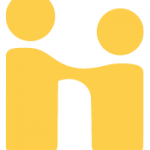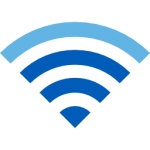 Simmons Technology has partnered with the Career Education Center to select a new career software platform for the College. We are excited to announce that Handshake, the new online career platform for the Simmons community, went live for all students on January 29. Handshake replaces CareerLink, which had been in place since 2003.
Simmons Technology has partnered with the Career Education Center to select a new career software platform for the College. We are excited to announce that Handshake, the new online career platform for the Simmons community, went live for all students on January 29. Handshake replaces CareerLink, which had been in place since 2003.
Handshake’s features include an expanded job board with listings from thousands of top local and national employers, personalized job recommendations based on a student’s major, interests, and lifestyle preferences, the ability to follow favorite employers and jobs and have notifications sent to you, mobile optimization with an app for Apple iOS (Android app coming soon), and much more.
Students can log in to Handshake at simmons.joinhandshake.com to customize their profile and start connecting with employers. Faculty and staff interested in having a Handshake account should contact the CEC at [email protected] or 617-521-2488.

 Over the summer and throughout the fall semester, Simmons Technology worked to replace the aging WiFi network infrastructure on both the academic and residence campuses. We are pleased to announce that our work is now complete and that Simmons College has an entirely new and improved WiFi network. This significant upgrade provides double the previous bandwidth and improves coverage in all areas on campus, giving you a strong connection no matter where you are.
Over the summer and throughout the fall semester, Simmons Technology worked to replace the aging WiFi network infrastructure on both the academic and residence campuses. We are pleased to announce that our work is now complete and that Simmons College has an entirely new and improved WiFi network. This significant upgrade provides double the previous bandwidth and improves coverage in all areas on campus, giving you a strong connection no matter where you are.